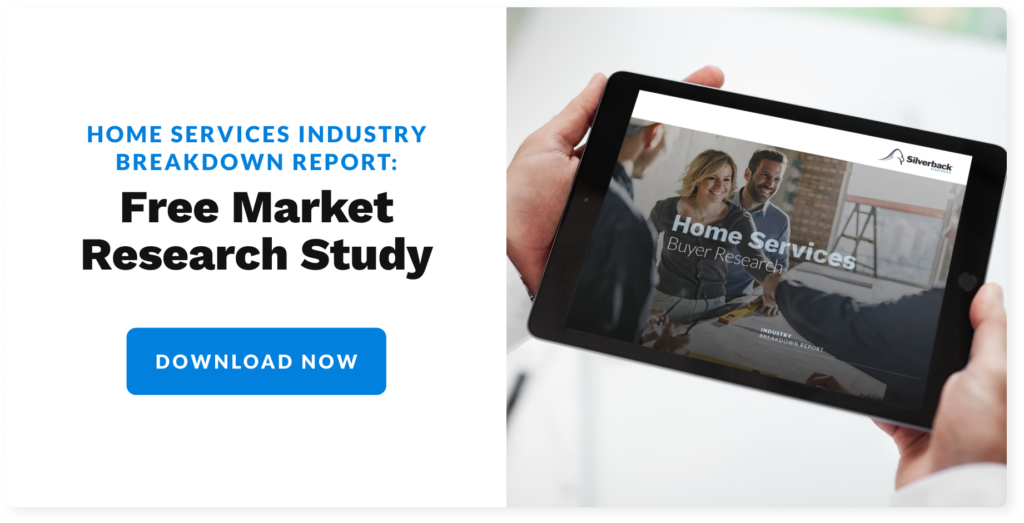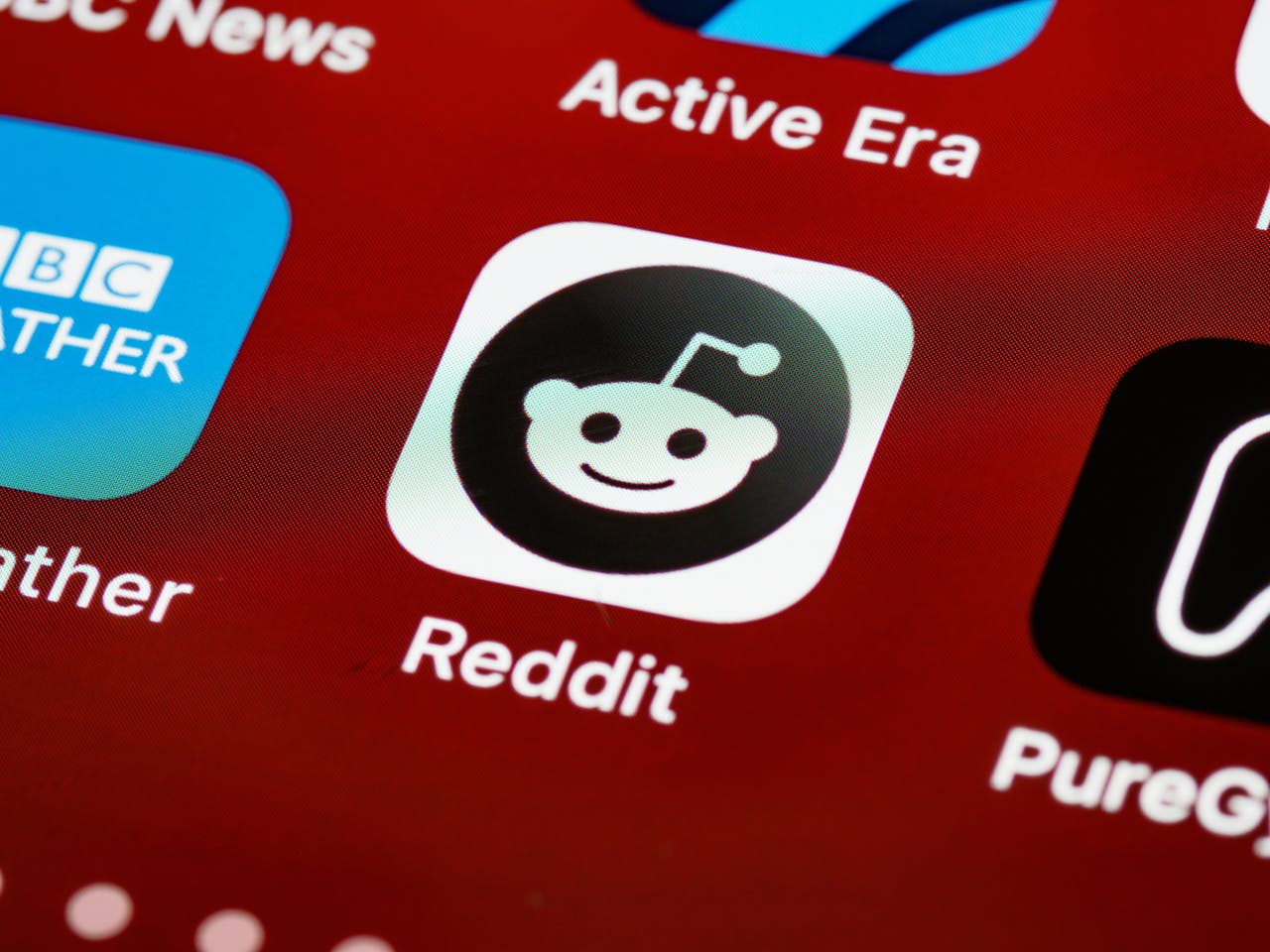Blog: How to Connect Traditional and Digital Marketing for Home Services Brands
Table of Contents
Home service marketers probably hear more exaggerated death reports than any other industry.
“TV’s dead.”
“Email is dead.”
“Radio? That’s dead.”
Everything is always dying. And yet — 20 years into the new century — everything is not only still alive but evolving in new and interesting ways.
What does “traditional” marketing mean, anyway?
Traditional marketing refers to any marketing activity that is not online. Newspapers, radio, print ads, billboards, TV; these are all examples of traditional marketing activities. But today’s digital landscape has converged with these traditional channels, making it harder for marketers to make such clear distinctions. Here are examples of how traditional and digital channels have blended together recently:
- Radio hosts now regularly plug their separate podcasts to drive deeper engagement with fans and advocates.
- Connected TV usage rose during COVID-19 due to prolonged time spent inside.
- Experiential marketing is firing up CMOs who recognize that audiences crave “moments” to capture and post as user-generated content on social media.
- Virtual events are on the rise. According to ON24’s data, the number of webinars hosted on the platform in March 2020 jumped by more than 330% year-over-year, and the number of attendees to these events doubled.
- New augmented reality applications enable consumers to use smartphones for measurements and details, optimizing house calls.
This makes the job of home service marketers harder: where do I invest my limited marketing budget and how can I blend my online and traditional efforts?

How to Connect Traditional & Digital Marketing for Home Services Brands
“Digital marketing is not meant to replace traditional marketing,” Philip Kotler and his associates, Hermawan Kartajaya and Iwan Setiawan, wrote in their book, Marketing 4.0: Moving from Traditional to Digital. “Instead, the two should coexist with interchanging roles across the customer path.”
Here’s their theory, in summary:
- Traditional marketing creates awareness, interest and appeal. It’s fun. It’s eye-catching. It’s memorable.
- Digital marketing is the experience. When the customer seeks engagement or wants to act, digital closes the deal.
Do a good job with both, and you’ve created an advocate.
This sharpens the home services marketer’s focus. Traditional marketing campaigns can certainly push for a conversion — the phone number is always right there if someone is ready to fire on new flooring or replace a hot water heater at that moment.
The understanding, however, is that the sales funnel for an expensive repair may take a little longer, or may not be needed until an emergency occurs, so it’s more likely that digital channels will provide the experience gateway that will lead to a sale.
That’s a heavier load to carry. It’s not as fun as a big ad in a football stadium or a hilarious TV campaign, but it’s incredibly important.
So what does this mean in practical terms? The website, in particular, is not going to be a place to cut corners. It’s where a significant number of your conversions take place, either through on-site forms, bots or click-to-call buttons.
Your website is where all your marketing efforts (traditional, paid search, search, social, etc.) will drive your audience — and your website must accomplish these three goals in order for customers to consistently convert:
- Marketing alignment. Your branding, messaging and promotions must be consistent. If you’re pitching a specific deal in the daily newspaper, it must be on your website, too.
- Provide truly valuable information. “Brands today can not only react to customers as they make purchasing decisions but also actively shape those decision journeys,” David Edelman and Marc Singer wrote back in 2015. “Companies today can use journeys to deliver value to both the customer and the brand.” In other words: it’s within your power to drive the customer to convert. Do you have content that answers real questions? Is it in the format the user wants? Is your site easy to navigate? Do you rank well in organic search?
- Speed. Fast falls into two categories: site speed and speed of conversion. Site speed is literally how fast your pages load. Akamai reports that one full second of page load time can cause a 70% decrease in conversions. Google makes site speed a key indicator for organic search. Forty percent of mobile users abandon a site that takes longer than three seconds to load. Your site needs to be fast.

The speed of conversion is the rate at which a user can buy your product once they make that decision. Do you have clear CTAs? Big, eye-catching buttons that allow the user to convert? Can they book a service or an appointment on-site? The easier the process, the more likely the process will be completed.
Read more: Website Page Speed: Why It Matters and How to Improve It
The Right Strategy for the Right Channel
Traditional marketing is there to teach the audience about your brand and your value proposition. Remember the name, create a specific emotional connection, understand what makes you great. If you catch customers in the moment when they are ready to convert, fabulous — but you’ll likely need to spend and spend to make that scale.
Digital marketing is where you dig in for the conversion.
- Own the search page. Search engine optimization — particularly local search, for most home services companies — is crucial. When users want to find your specific service in their locale, you want to be near the top of the page. The creation of specific service- and location-related pages is a major part of your SEO and content program.Paid search can be expensive, but it also catches people in the moments when they have intent — and those moments when your SEO program hasn’t quite caught up with the audience.At the very least, bid on branded terms (like your company name and the services you offer) to ensure you’re on the top of the search engine results page (SERP) when someone is looking for you, specifically. There’s a good chance your competitors are bidding on your name, too, so don’t get caught with your proverbial pants down.
 SEO and paid search often require technical skills not common within most home services companies. If you lack those resources in-house, or need strategic, creative or analytical support for those in-house resources, talk to search and social experts. Muddling through this discipline on your own is a recipe for frustration.
SEO and paid search often require technical skills not common within most home services companies. If you lack those resources in-house, or need strategic, creative or analytical support for those in-house resources, talk to search and social experts. Muddling through this discipline on your own is a recipe for frustration. - Answer questions. Gear your content program towards answering key questions people ask about your industry. This is a great chance to get in front of objections before a user engages with the sales team.
 It’s also valuable to use this content as part of your SEO, email and social media programs — you’ll see how some simple questions (like, “what flooring is best for replacing my old hardwood floor,” for example) can turn into interesting photo and video projects, too.The caveat here is to ensure there’s alignment between your sales, marketing and production teams to make certain that you’re not releasing info that your business can’t necessarily stand by.
It’s also valuable to use this content as part of your SEO, email and social media programs — you’ll see how some simple questions (like, “what flooring is best for replacing my old hardwood floor,” for example) can turn into interesting photo and video projects, too.The caveat here is to ensure there’s alignment between your sales, marketing and production teams to make certain that you’re not releasing info that your business can’t necessarily stand by. - Optimize for conversions. Fifty-eight percent of all U.S. website visits came from mobile devices. Mobile conversions call for simple forms, scrolling CTAs, contrasting CTA buttons and a site that’s optimized for mobile devices (among other factors). Work with a designer well-versed in best practices for present-day web design. Your site should be a conversion machine, not a devious maze for a customer to navigate by answering a series of riddles.
- Are chatbots for you? How do you tie alignment, information and speed into a single tool? A good chatbot can do all of those things and quickly lead a user to a form fill.

Social Media is Neither the Problem Nor the Solution
As people learn about your brand from traditional marketing and subsequently search for you online, there’s a good chance they will end up on your social profiles.
Now, it’s easy to soft-peddle social media as a home services marketing tool. No one wants to see the cake in your breakroom for the CFO’s birthday. No one wants to “build a community” around a landscaping company. Right?
At the same time, it’s also extremely short-sighted to ignore a marketing platform that is free to join, has the capability of reaching basically everyone in your designated marketing area (DMA) and has the most powerful advertising tools in the industry.
So what do you do? Here’s how we recommend home service companies approach social media:
- Keep everything updated. Your name, phone, address, hours, etc. should always be current.
- Show your work. You (or your employees) have a camera in your pocket, every moment of every day. It takes less than five minutes to get a great photo of your finished work. Not sure how to get a great mobile phone photo? Here’s a tutorial. A well-taken shot will have more appeal on social platforms like Facebook and Instagram and possibly create solid (and remarketable) engagement with even an inexpensive promotion.
- Show your happy customers. Using that same mobile phone, you can shoot a short video of your team on the job, the finished product, or a quick testimonial from a happy customer. Fifteen seconds of footage is all you really need. Again, a small promotion can help thousands of potential customers see and engage with your work on social for pennies per view.

- Show yourself. Not everyone has the ability to pop on camera and lay out a clean minute of amazing content. With a little planning, however (and some decent lights and sound) you should be able to script 30 seconds to a minute’s worth of relevant, informational content that a potential customer can consume. These little bits of knowledge become particularly valuable both on your website, where people don’t always want to read long blog posts, or on a platform like YouTube, which has become the world’s video encyclopedia.
- Spend a little cash. Invest in some decent light. Maybe buy a lav mic setup. Set aside a budget for social media promotion. Asset creation does not have to be a crippling chore, and promotion doesn’t have to break your budget. Like all things, a little planning and strategy goes a long way and helps set your company apart from the others rolling out crummy content, embarrassing themselves online.

Plan Accordingly, and Measure Everything.
Measure as much as you can. What kind of metrics can you get from your traditional marketing channels? Can you measure brand lift digitally when you’re running major traditional campaigns? Are people who visit your site or social profile connecting with the messaging they are seeing in traditional channels?
The more data you have, the better decisions you can make — and the more likely you are to grow your home services business.
Talk to the Experts.
Silverback Strategies is an agency of true digital marketing specialists focused on performance and growth. If you think you could get more out of your digital marketing program but need skilled tacticians to make that leap, connect with us. Contact Silverback today.


